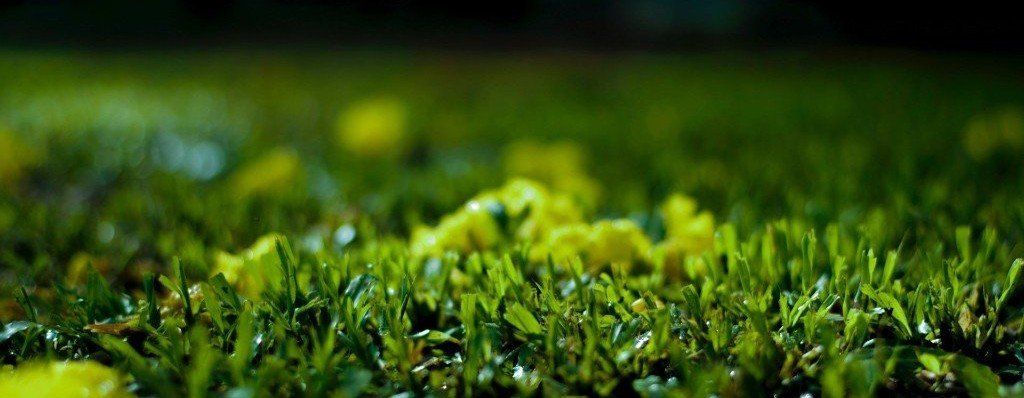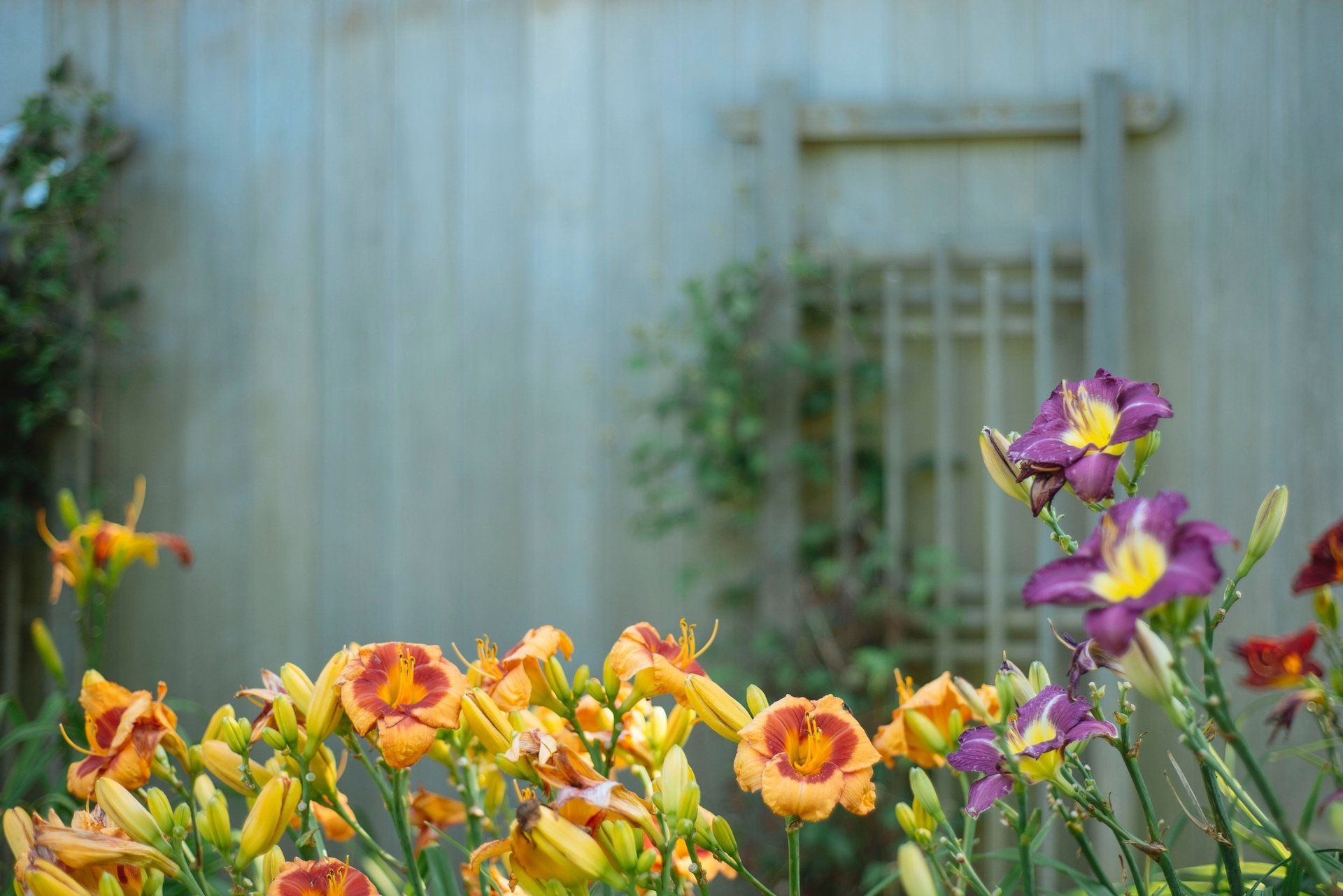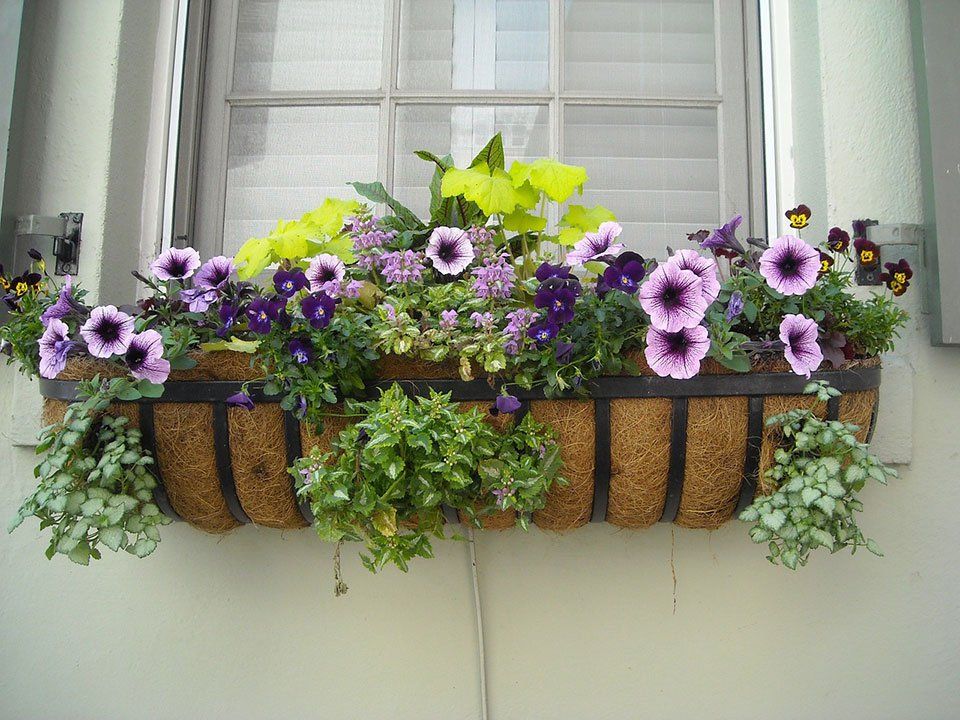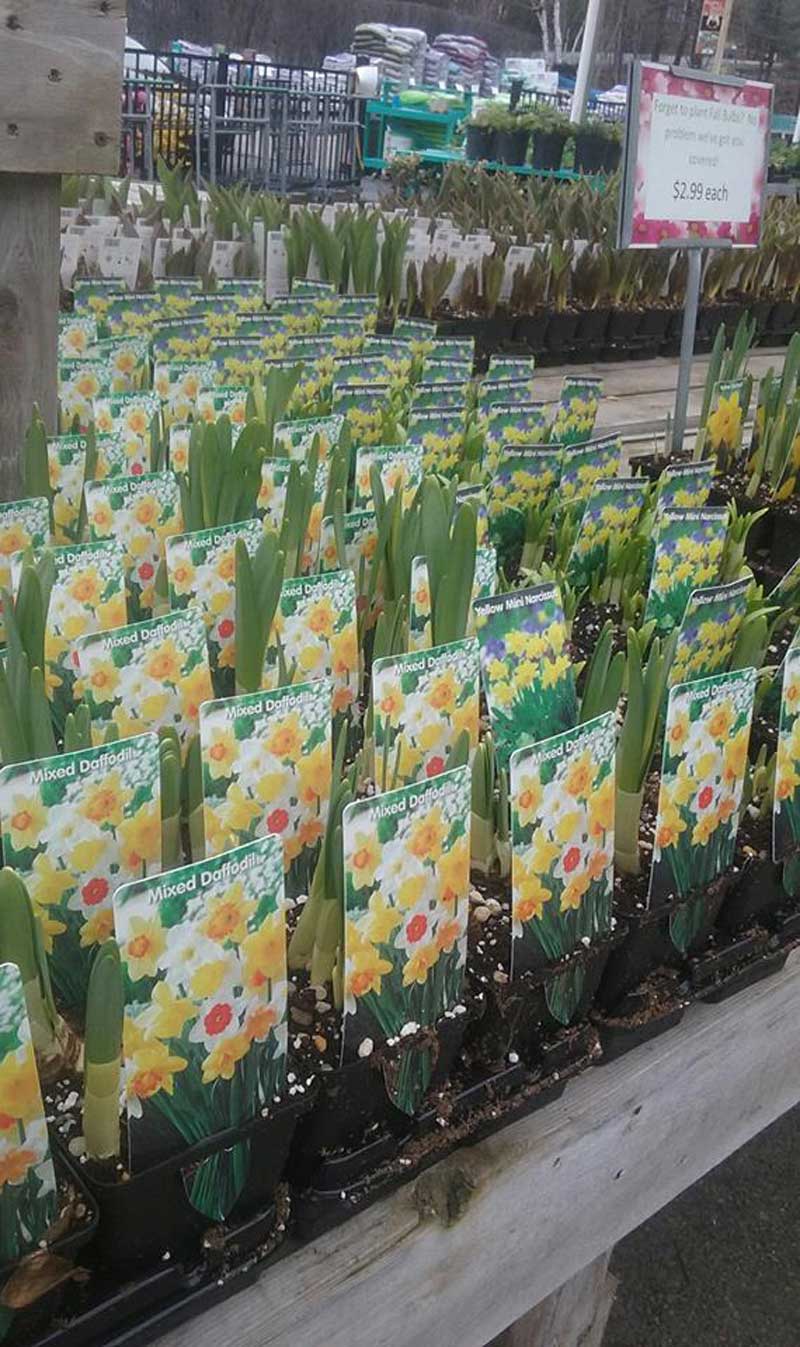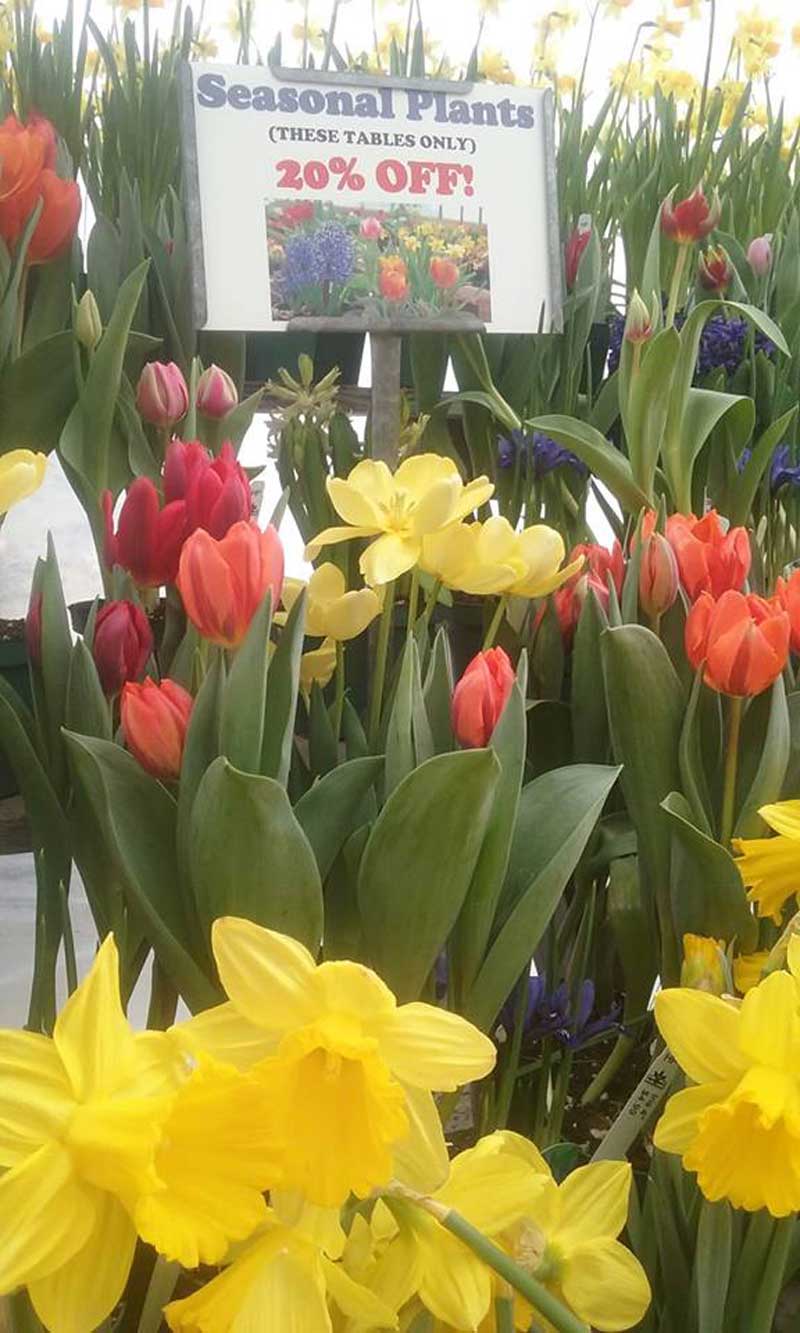June Gardening Tips
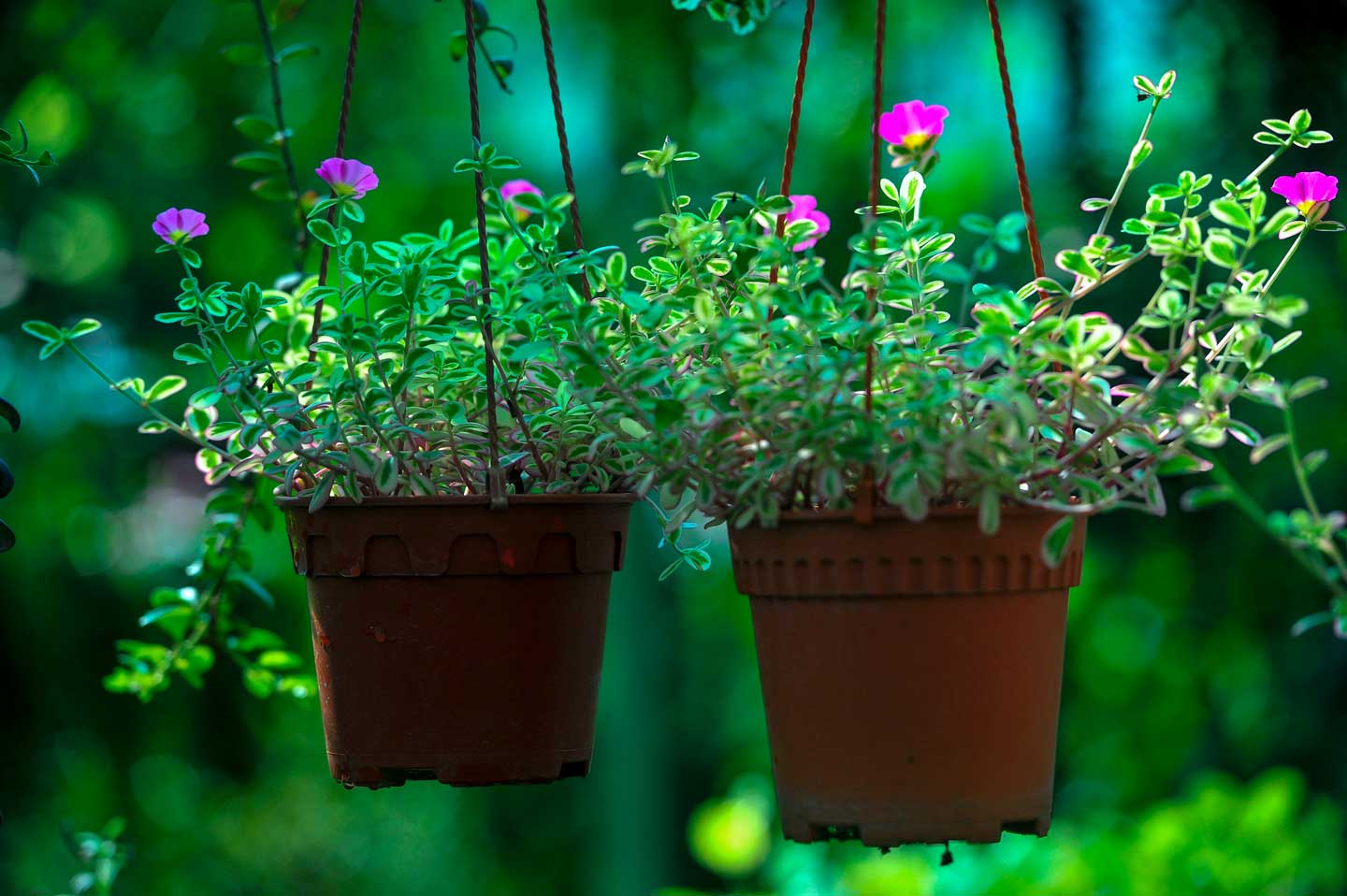
· Thin fruit trees by leaving 1 fruit approximately every 6 to 12 inches along the branches or 1 fruit per cluster. The higher the leaf-to-fruit ratio, the sweeter the fruit. A standard apple tree should have about 40 leaves for each fruit. Dwarf apples, which usually produce a ration of 1 fruit to about 25 leaves, will yield better-quality fruit when thinned.
· Stop cutting asparagus when the yield decreases and the spears diminish in size. Top-dress the bed with compost or well-rotted manure.
· Thin crowded plantings of lettuce, carrots, beets, and herbs. Give them a good watering when the job is finished to help the roots of remaining plants recover from any damage your pulling may have inflicted.
· Religiously patrol your basil plantings and remove all the clusters of flower buds that form at the stem ends the minute you see them forming. This will encourage nice bushy plants and a continuing supply of leaves.
· Mulch around trees to create a safe zone where your mower won't go. Nicking a tree trunk can seriously damage even a well-established tree.
· Mow your lawn according to the needs of the grass, not the calendar -- for example, every Saturday. Grasses thicken and provide better cover when regularly clipped at the proper height. Adjust your lawn mower blades to cut the grass at 2 or 3 inches rather than at 1 1/2 inches.
· Help suppress weeds in your lawn by mowing it to a height of 2 or 3 inches.
· Prune rhododendrons after they flower. On young and old plants, snap off spent flower stalks by bending them over until they break away from their stems. Be careful not to damage growth buds at the base of each flower stalk.
· Don't trim iris leaves into scallops or fan shapes after the flowers fade. Leaves carry on photosynthesis and develop nourishment for next year's growth. Cut off brown tips and remove the flowering stalk down to the rhizome. If you're dividing irises, cut the leaves back by about half just before you move them.
· All vegetable crops, including warm-season plants, should be in the ground now.
· Pull soil up against potato plants when they are 9 to 12 inches tall.
· Sow more beans, carrots, and beets for a continuous harvest.
· Start seedlings of broccoli, cauliflower, and cabbage now so they can be transplanted in the fall.
· Look out for Japanese beetles and knock them into a can of soapy water.
· Tomatoes, squash, and cucumbers can use some nutrients now, so scratch some granular fertilizer into the soil around plants or in a shallow trench alongside a row.
· Plant colorful summer annuals, such as cosmos, marigolds, salvia, or petunias, etc.
· Elevate your container plantings so water can drain.
· Remember to water your plants. It is better to water your garden thoroughly once a week to ensure that a deep root system is established. However, do NOT overwater. Water slowly, deeply (5 or 6 inches deep), and let the soil dry between watering.
· Apply a 3- to 4-inch layer of mulch around the roots of your plants. The mulch will help retain moisture during the dry summer months.
· Top-dress asparagus and rhubarb with aged manure or fertilizer (10-10-10 formulation).
· Native and imported heat-tolerant plants can be planted during summer months as long as they are watered regularly until fall.
· Remove any dead flowers from your perennials to encourage new growth.
· Give perennials a fertilizer boost (5-10-5 formula).
· Protect ripening strawberries from birds. Remove blossoms from newly established strawberry plants. Remove runners to keep energy focused on the fruit.
· Water your lawn and gardens in the morning or late during the day to avoid any evaporation.
· Fertilize roses, using a liquid fertilizer at every watering or a dry rose fertilizer.
· Prune older canes from climbing roses.
· The fruiting of tomatoes and peppers is improved by applying Epsom salts, which contains sulfur and magnesium. Apply 1 tablespoon of granules around each transplant, or spray a solution of 1 tablespoon Epsom salts per gallon of water at transplanting, first flowering, and fruit set.
· Apply a layer of mulch around your woody plants.
· Be sure to weed your gardens regularly, as the weeds will compete with your plants for water and nutrients.
